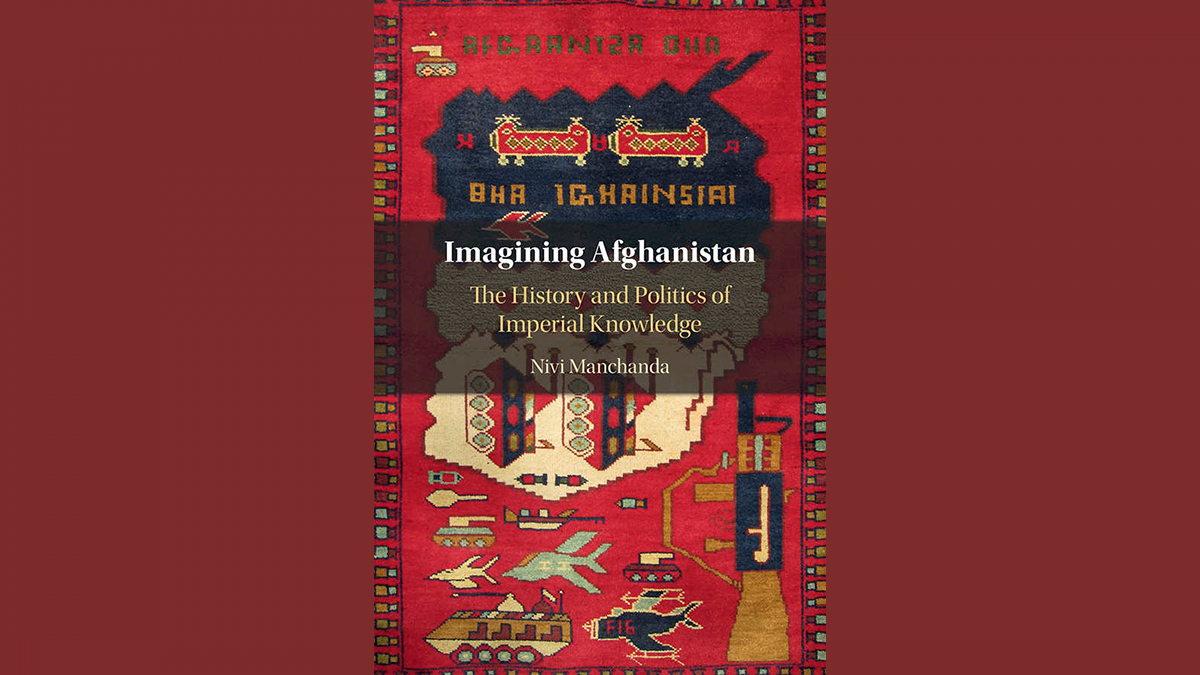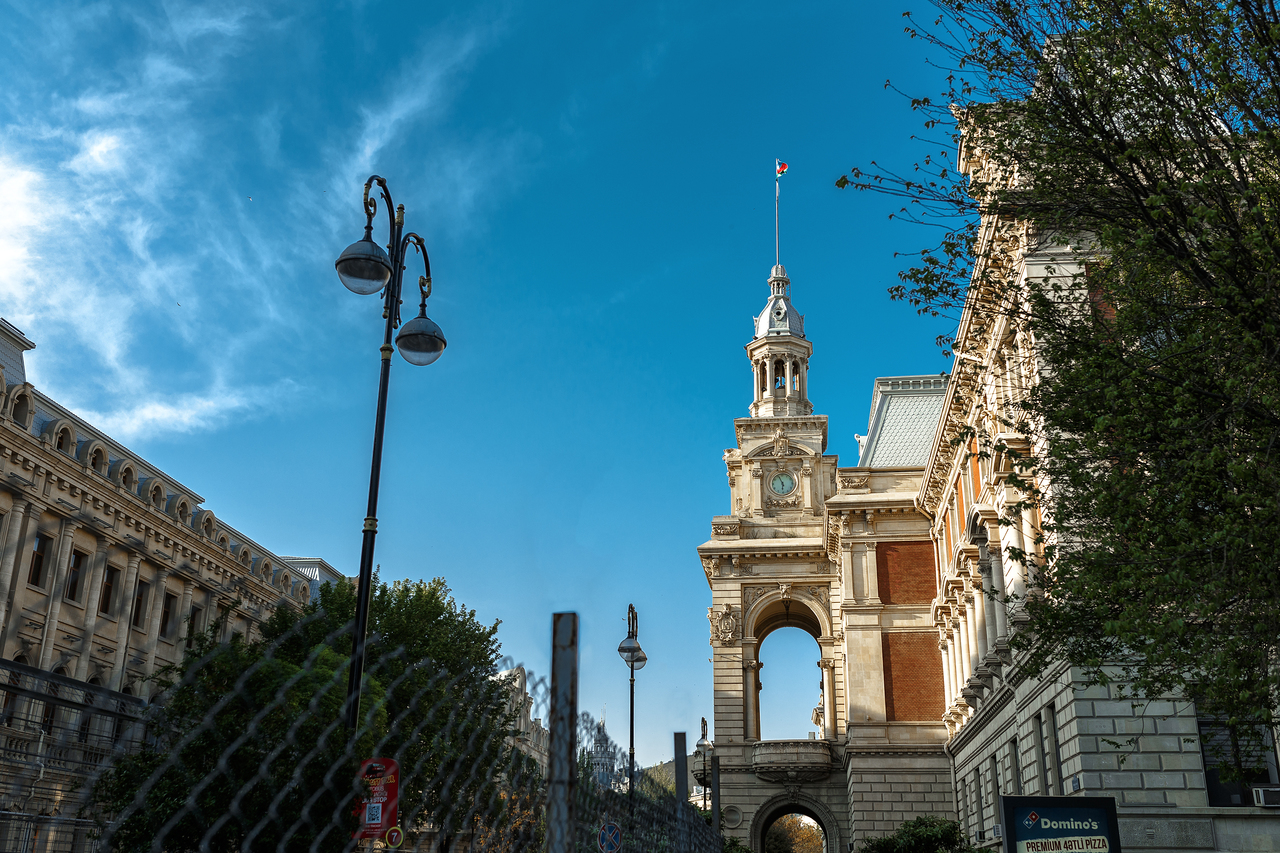Imagining Afghanistan: The History and Politics of Imperial Knowledge
By Nivi Manchanda
Cambridge College Press, 2020
Historical past and the prison-break
Within the introduction to After Colonialism, Gyan Prakash was express about the necessity to “pry open the studying of colonialism from th[e] prison-house of historicism”: “For at stake just isn’t merely the difficulty as as to whether or not former colonies have develop into free from domination, but in addition the query as to how the historical past of colonialism and colonialism’s disciplining of historical past will be shaken free from the domination of classes and concepts it produced – colonizer and colonized; white, black, and brown; civilized and uncivilized; trendy and archaic; cultural identification; tribe and nation” (Prakash 1995, 5). This explicit expression of the necessity to recognise the coloniality of historical past was articulated within the mid-Nineties, a time of a heightened-yet-tense sense of Western supremacy. Not lengthy after, in October 2001, Afghanistan was occupied by a large worldwide army alliance by the identify of “Enduring Freedom”. The ‘operation’ has morphed into an everlasting occupation of, and with, Afghanistan. It made the vital re-evaluation of historic information solely extra pressing than it had already been.
Imprisoned by the fascist regime of Benito Mussolini, Antonio Gramsci made the compilation of an ‘stock’ step one for a vital confrontation of historic processes and their traces in ourselves (Stated 2003, 25). Imagining Afghanistan is greater than a listing described in Gramsci’s Jail Notebooks. Since 2001 particularly, Afghanistan has been was a laboratory for twenty-first century intervention and its software of energy. The research of Afghanistan, too, has vastly expanded. Afghanistan has been the topic of coverage articulation, and it has populated publishers’ catalogues and college curricula, even colouring books for kids. Afghanistan exists in public debate, within the leisure trade and museums. Afghanistan has been thought of quite a bit, and an ‘concept’ of Afghanistan has taken form within the Western thoughts. Imagining Afghanistan engages with this concept by means of a wealthy meeting of supplies regarding the work of previous and current information practitioners, together with lecturers, political analysts and policy-makers – “the scientist, the scholar, the missionary, the dealer, or the soldier [who] was in, or thought of, the Orient as a result of he may very well be there, or may give it some thought, with little or no resistance on the Orient’s half,” in Edward Stated’s (2003, 7) phrases. The guide spans the historical past of recent Afghanistan from the early nineteenth century, when the nation was rising into the consciousness of British empire builders, to the current. It’s a prison-break (in Prakash’s sense) that releases colonialism’s classes and concepts from their (wrongful) captivity in historical past to ensure that them to seek out their intimate place locally of Western information on Afghanistan.
The imperialism of colonial information cultivation
At its core, Imagining Afghanistan engages with “the hegemonic discourse and its totalising ambitions” about histories of the Afghan state and its peoples (p.5). Woven into the guide’s argument are three intersecting threads. To start with, Afghanistan represents “an intrinsically violent place” within the creativeness of the transatlantic Anglosphere (p.3). However, ‘our’ “politics of disavowal” preserve that ‘we’ don’t have anything to do with it (p.3). A wealthy “grammar of distinction” segregates ‘us’ and the ‘West’ from ‘them’ and ‘Afghanistan’ (p.3). Lastly, this discourse is marked by a “superficial” engagement with Afghanistan’s historical past and politics, significantly so in occasions of battle (p.4). This, to deliver the argument full circle, reaffirms Afghanistan’s place in a geopolitical hierarchy whose construction permits and sanctions intervention.
Given the violence inherent in Western information and the widespread, usually common-sensical, rationalisation in its software on Afghan our bodies, the significance of this critique can’t be underestimated (Savic 2020). The guide is an instance of “rebel scholarship”, and an illustration of the necessity for the persevering with decolonisation of imperial/colonial information as a steady act of resistance in our very personal age of imperialism (p.10). Imagining Afghanistan exhibits the pathways during which the thought and “story” of Afghanistan have come about and brought root. The evaluation unsettles with a transparent objective: “‘how is Afghanistan thought of in a manner such that it’s doable to invade and bomb it?’ and ‘what are the sources of authority that sanction the discourses that make that act of invasion permissible and doable within the first place?’” (p.5).
The guide stands on the shoulders of research which have crossed (and proceed to eradicate) the (synthetic) disciplinary boundaries between historical past and worldwide relations in an try and make seen the colonial legacies of their mixed information programs (e.g. Bayly 2016; Hopkins 2008). Imagining Afghanistan focuses on the mental cornerstones of historic information manufacturing, and the way these had been, and proceed to be, recycled and cultivated for software in situations of imperialism, racism and warfare within the current. The evaluation attracts out the (at finest) “lazy” and (at worst) “mercenary” scholarship that has contributed to the reification of Afghanistan as a violent place and failed state allegedly riddled with tribal customs – in brief, the scholarship that assists in turning ‘inferior’ Afghanistan right into a official object of ‘superior’ Western intervention (p.25). As such, Imagining Afghanistan is a “decolonising intervention” in addition to an train in auto-decolonisation prompting information practitioners within the humanities and social sciences to “unlearn the colonising impulses of data manufacturing within the Western academy” (p.7).
Chapter 1 lays the foundations for the dialogue, unearthing and analysing the important thing constituents of how Afghanistan has been ‘understood’ and ‘made legible’ in a geopolitical sense. Chapter 2 charts the historical past of ‘Afghanistan’ as a “spatial formation”, exploring additionally its a number of configurations as a ‘frontier’, ‘buffer’, ‘failed’ and even ‘non-state’ or ‘AfPak’ (p.66). Over time, the palimpsestic house of Afghanistan was reinscribed with arbitrary notions of marginality within the age of colonialism. These Eurocentric lenses of geopolitical organisation make Afghanistan seem ‘completely different’ and proceed to exert their energy on ‘our’ creativeness, during which Afghanistan options as “an arbitrary blip on the world map, its re-inscription as an area of exception on the fringes of humanity that calls for ‘particular remedy’” (p.102). Chapter 3 forefronts the ‘tribalisation’ of Afghanistan. It weaves its manner from Mountstuart Elphinstone’s inspiration by Scottish clans by means of more and more racialised registers to Olaf Caroe’s The Pathans. While the Soviet intervention within the Eighties created independence-loving freedom fighters, Afghanistan has extra not too long ago been lowered to tribal assemblages of chauvinistic males with penchants for terrorism and the subjection of girls. In response to many Western readings, Afghanistan’s tribes have all the time been ‘inward-looking’ producers of warriors, patriots or terrorists. Chapter 4 is a nuanced critique of Western feminist writing, which has contributed to a discount of ‘Muslim tradition’ by “superimpos[ing] the neat picture of a medieval land of barbaric males and tyrannised ladies over the messy historical past of the area” (p.175). The urge to ‘save’ Afghan ladies is intently linked to the identical world buildings that legitimise patriarchy on the native stage. Chapter 5 enhances this dialogue with a representational survey of Afghan masculinities, singling out representations of Hamid Karzai and the Taliban. The necessity to classify, label, categorise and, finally, cope with Afghan males is a historic hint deeply rooted in colonial enterprise and has “remained true to the broader Orientalist discourse” (p.218).
Imagining Afghanistan is a conceptually sensible, deeply researched, richly annotated, finely articulated and thought-provoking ‘stock’: it’s decolonisation-as-critique. In its problem to the cultivation of colonial information as a supporting perform to imperialism the guide has scholarly in addition to political relevance. Its rebel path is plotted towards a re-imagination of ‘Afghanistan’. However there’s work to be executed, and Nivi Manchanda reminds us of the need to rethink ‘liminal’ or ‘frontier’ areas in addition to their constructions as imperial ‘peripheries’ (p.103; see e.g. Hopkins 2020). This strategy of re-centring requires the manufacturing of becoming mental instruments that aren’t rooted in colonialism’s personal centres, resembling India. There’s additionally the necessity to deliver the Anglospheric Afghanistan of this guide right into a comparative framework with different imperial imaginaries, resembling Russia’s.
Auto-decolonisation / decolonising ourselves
As well as, the guide has an necessary message to all knowledge-practitioners: we can not escape the previous, however we’re obliged to alter the best way we take into consideration its information programs. True to its thought framework, Imagining Afghanistan is express about its engagement with ‘story-telling’ and ‘sense-making’. It firmly incorporates the dialogic making of recent empire and ‘frontiers’, centre and ‘periphery’ into its bigger make-up (p.10). At a vital historic second, Imagining Afghanistan can also be in regards to the tales ‘we’ inform about ourselves and about academia’s position in an age of heightened ‘tradition wars’ and ‘post-truth’. On this sense, the guide is as a lot about what makes warfare, ‘(un)lawful killing’ and homicide in ‘our’ identify doable on a world scale as it’s a part of a dialogue on racism nearer to house. Nonetheless robust the will to incarcerate historical past – or the urge to throw away the keys – could also be within the current, we have to have interaction extra with colonial historical past. Orientalism signifies the facility of the self to create constitutive information of the opposite. What is simply too usually and conveniently forgotten is that energy begets duty and accountability. This guide makes for important studying for each knowledge-practitioner, and significantly these finding out or ‘engaged on’ Afghanistan. As a result of now we have the facility to assemble concepts and narrate tales which are acted upon, we even have a duty to recognise the coloniality of our information as the premise for its sustained deconstruction within the first place. We will stage the facility of imperial information by critiquing one colonially woven concept at a time. That course of calls for acts of auto-decolonisation from all of us if we need to keep away from types of complicity, aware or in any other case, in bodily or epistemological acts of imperial violence.
References
Bayly, Martin J. 2016. Taming the Imperial Creativeness: Colonial Data, Worldwide Relations, and the Anglo-Afghan Encounter, 1808-1878. Cambridge: Cambridge College Press.
Hopkins, Benjamin D. 2020. Ruling the Savage Periphery: Frontier Governance and the Making of the Fashionable World. Cambridge, Massachusetts: Harvard College Press.
Hopkins, Benjamin D. 2008. The Making of Fashionable Afghanistan. Basingstoke: Palgrave Macmillan.
Prakash, Gyan. 1995. ‘Introduction: After Colonialism’. In After Colonialism: Imperial Histories and Postcolonial Displacements, 3–17. Princeton: Princeton College Press.
Stated, Edward W. 2003. Orientalism. London: Penguin.
Savic, Bojan. 2020. Afghanistan Beneath Siege: The Afghan Physique and the Postcolonial Border. London: I.B. Tauris.
Additional Studying on E-Worldwide Relations












